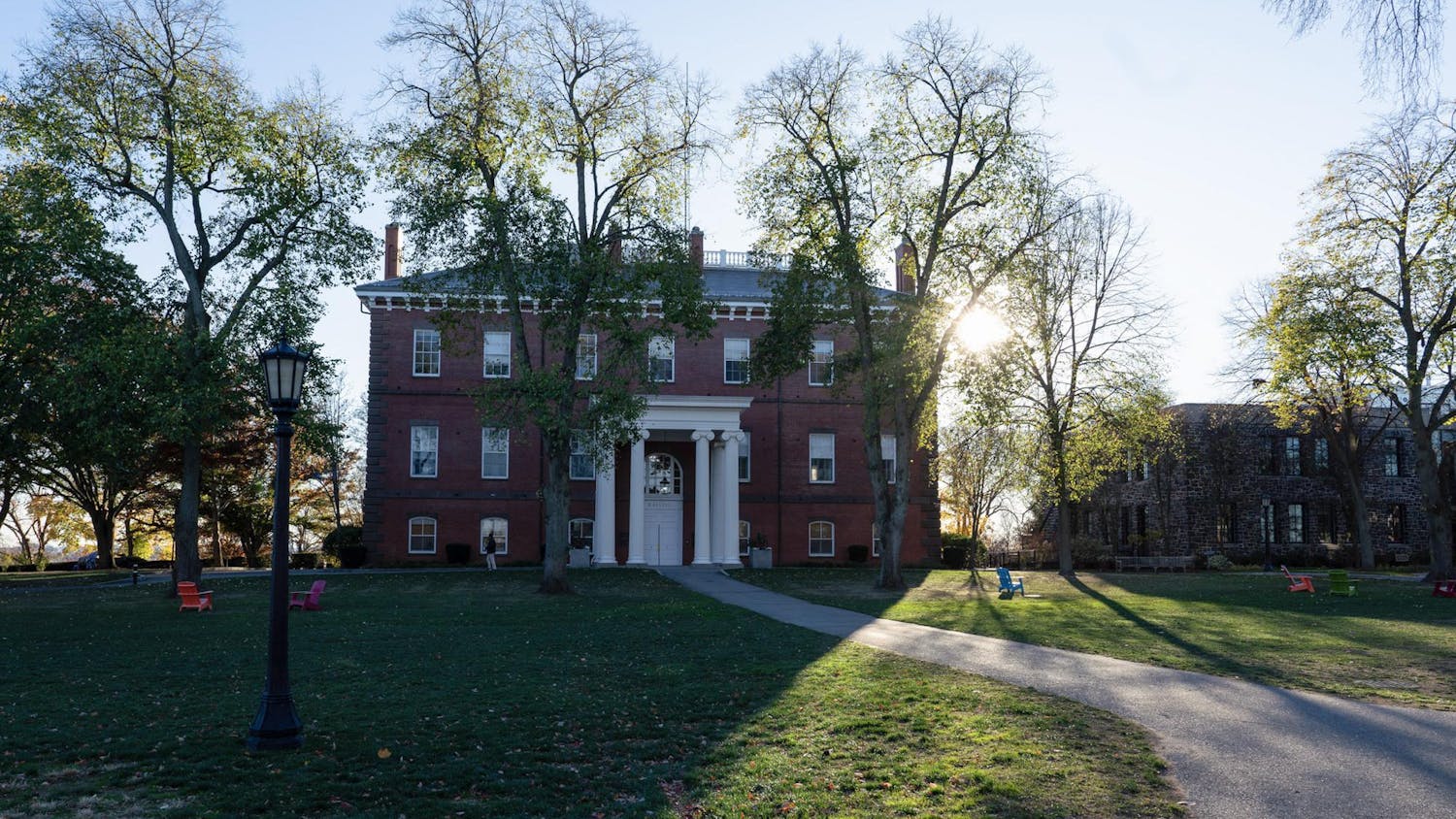The Office of Undergraduate Admissions reported a 4 percent drop in applications this year but accepted 26 percent of applicants to the Class of 2013 -- down less than 1 percent from last year, the Daily learned yesterday, the date by which all applicants were notified of a decision.
The admissions office also stopped practicing a need-blind admissions policy toward the tail end of the process, a decision that affected five percent of applicants, Dean of Undergraduate Admissions Lee Coffin said.
Admissions officers were able to first read every application in a need-blind manner, during which they did not consider an applicant's ability to pay. But with more families requesting larger amounts of aid due to the recession, officers suspended need-blind practices for the final 850 applications -- of 15,038 total -- when potential financial aid ran out.
"We read every application need-blind, conducted committee need-blind, and then we ran the numbers and realized that we just couldn't do it, that we had gone as deeply as we could go," Coffin said. "It's a disappointment to me as a dean, but when I think that we reviewed 95 percent of a pool need-blind, I can live with that."
The overall four-percent drop in applications parallels a trend that many other private universities are witnessing nationwide as the economic climate redefines admissions models and strategies.
"From my own conversations with other deans of admission, most places saw slight to large decreases in their applicant pools that will recalibrate selectivity," Coffin said. "It's no secret that financial aid is a concern across the board."
Fifty-five percent of accepted students qualified for financial aid this year, a one-percent drop from last year. More applicants qualified for aid this year, Coffin said.
The university's financial aid budget for the incoming class was the same as last year's, though, Coffin said. While next year's financial aid budget will increase by 12 percent, the additional funds will only go to current students, not incoming ones.
Despite this year's setback, Coffin said that he hasn't lost hope for Tufts to be completely need-blind in the future. Tufts practiced need-blind admissions for the Classes of 2011 and 2012 and for Early Decision applicants to the Class of 2013.
"We'll be back at it," Coffin said. "The goal has always been to be need-blind by the end of the capital campaign. We almost got there in the last two years when we had the resources to be need-blind. This year the economy proved to be too severe."
Ninety percent of students admitted as part of Regular Decision rank in the top 10 percent of their high school classes, and 30 percent are Americans of color.
"We saw the same racial profile that we typically get," Coffin said.
The average SAT score, not taking into account the writing section, hit a record high of 1449, seven points higher than the Class of 2012's average score and 65 points more than six years ago.
The admissions office did see a 13-percent drop in applicants who did not apply for financial aid, compared to last year, Coffin said.
"The only thing the economic factors had an effect on was whether students chose to apply to Tufts or not," Coffin added. "Some families held back applications because they realized they wouldn't qualify for need-based aid."
While the volatile economy has proven to be a new variable in the admissions process, Coffin said that all of the admissions models are projecting that the Class of 2013 will take an average size of around 1,275 students.
He said that Tufts has stuck to its core values in producing a demographically diverse freshman class. He cautioned, though, that it remains challenging to predict how many accepted students will choose to enroll at Tufts.
"While a lot of schools are fearful that they will under-enroll this year due to the economy, having a giant class wouldn't be in our best interest either," Coffin said. "We haven't had a year as turbulent as this one on an economic front to know what families will do."
It is too early to tell whether Tufts will go to the waitlist this year, Coffin said, adding that "if there was every a year where the waitlist may be viable, this is the year."
The university admitted 9.5 percent of international students, up 2 percent from last year. Of the 370 international students accepted, 25 qualify for financial aid.
Coffin attributed this year's rise to increased recruiting abroad.
"As we've pushed our travel plans, we're seeing applicants from places that we typically don't get them," he said, adding that admissions officers have spent a lot of time in India, China, Korea and Hong Kong, and that they traveled to Russia for the first time this year.
Admissions officers plan on traveling more to the Middle East, Africa, Eastern Europe, Pakistan and Bangladesh in the future, he said.
Back before the economy took a turn for the worse, Coffin expected this year to stand out across the board, he said yesterday.
"By all of our recruitment markers, we were on our way to a record pool," Coffin said. "We had a record number of visitors; we saw huge crowds on the roads. But in mid-September, things changed."
In a few weeks, the admissions office and the university as a whole will host admitted students and their families for the annual April Open House, and Coffin said that the program will not change in light of the economy.
"Although we're mindful that there are different circumstances, we're doing what we've always done [to attract students] because it's worked for us in the past," Coffin said. "When families come for those three days, they will see a very dynamic place that is taking the economy seriously, but hasn't let it stop it."





